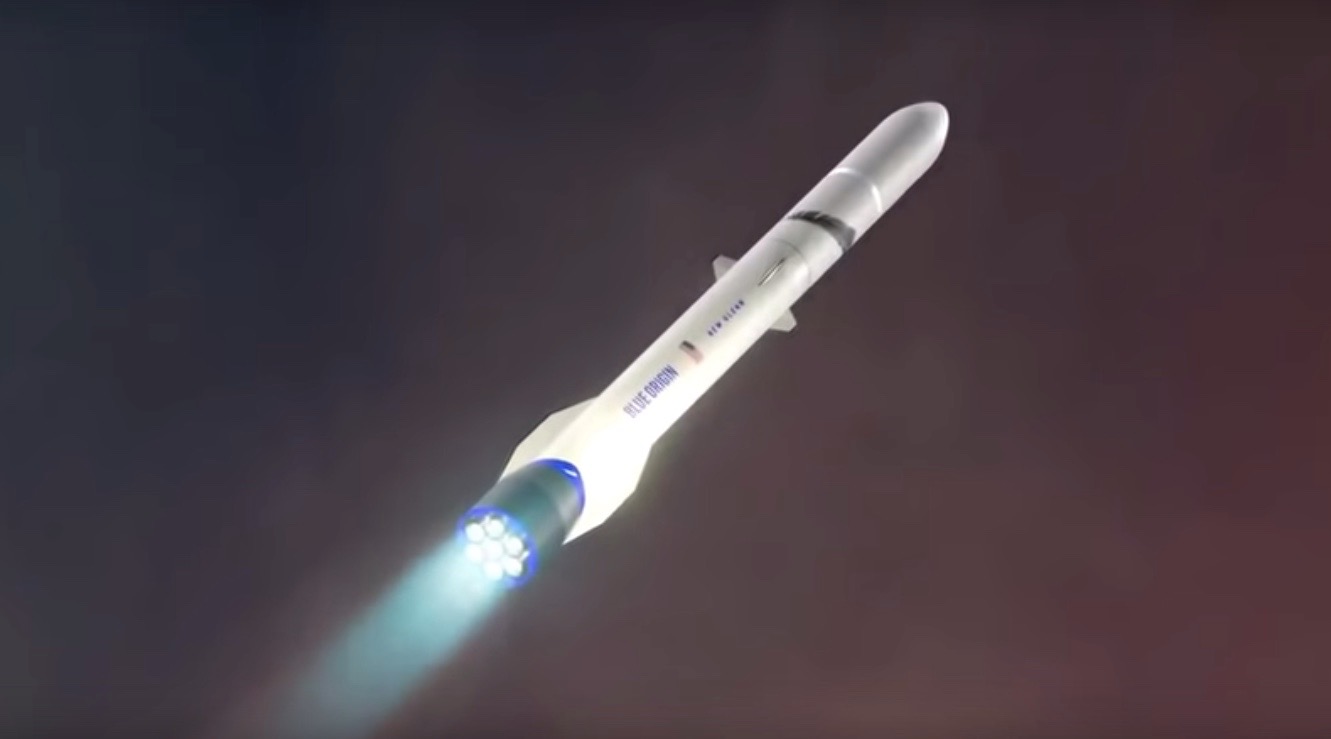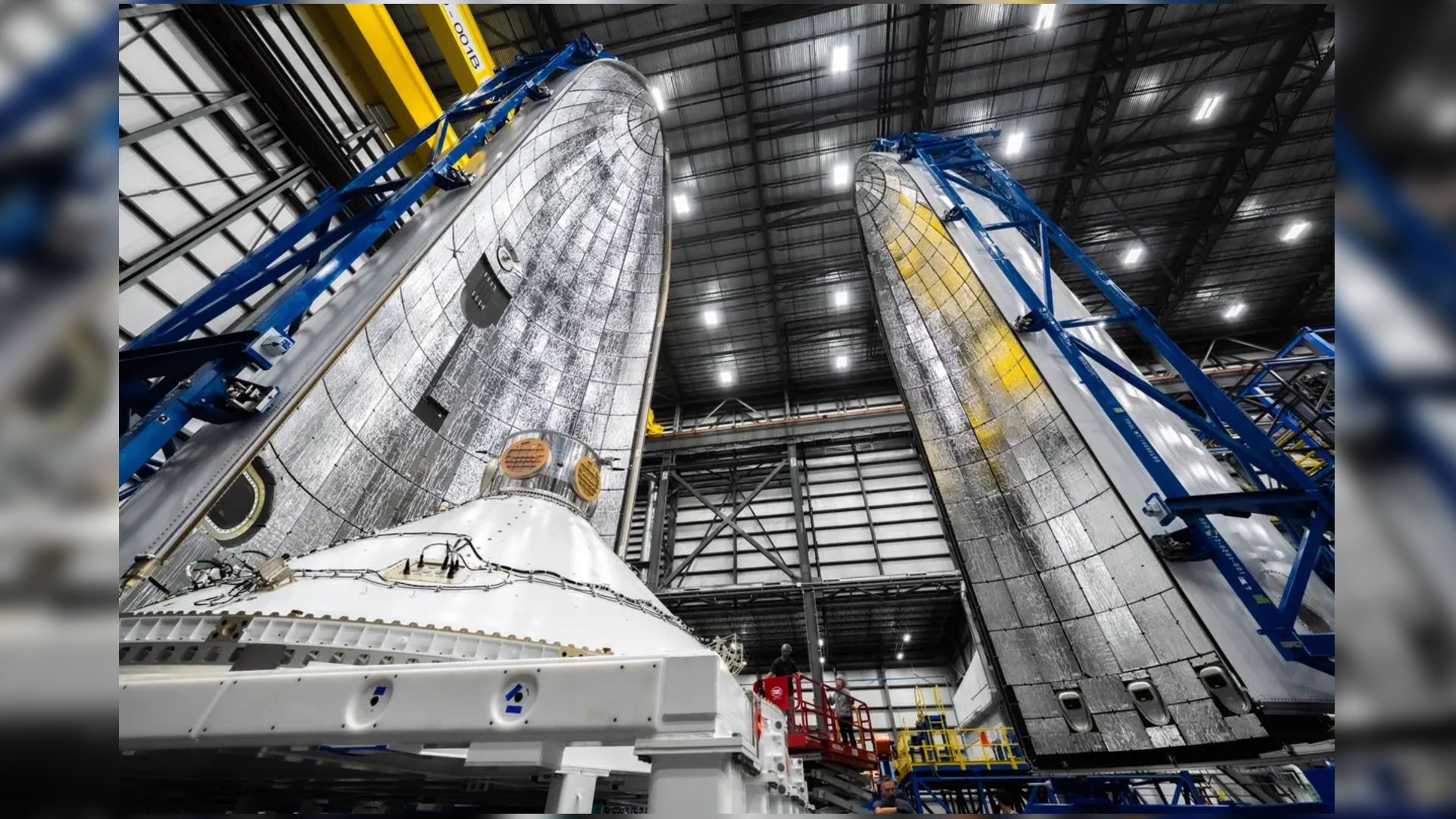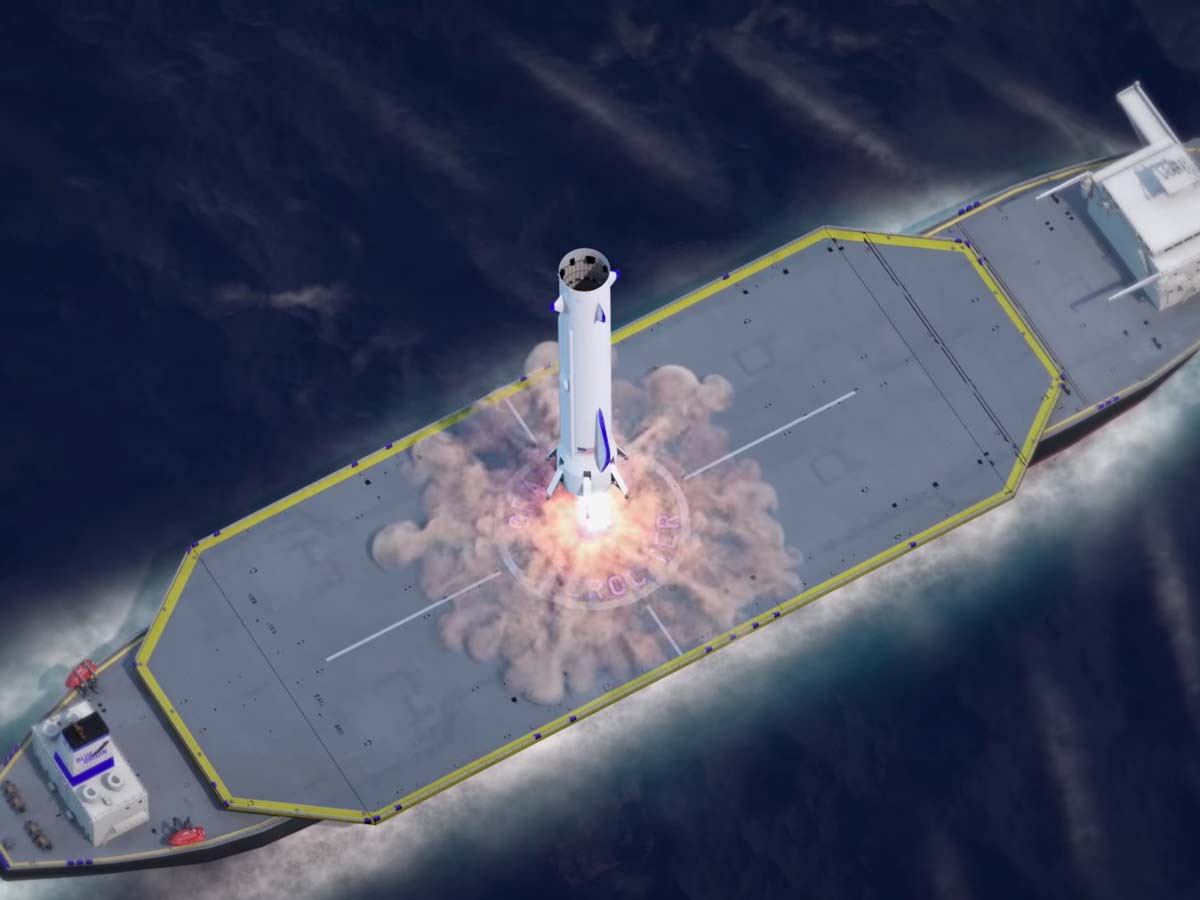Blue Origin will attempt to launch the first of a new kind of rocket on Friday (Jan. 10) to usher in a new era for the company. But if you’re hoping to watch it live, you’ll need to know when to tune in.
Founded by billionaire Jeff Bezos, Blue Origin is counting down toward a 1 a.m. EST (0600 GMT) launch on Friday of its brand-new New Glenn rocket from Space Launch Complex 36 at the Cape Canaveral Space Force Station in Florida. It’s the debut flight of what Blue Origin hopes will be a partially reusable workhorse rocket for years to come.
“This is our first flight and we’ve prepared rigorously for it,” Jarrett Jones, Blue Origin’s senior vice president for New Glenn, said in a statement. “But no amount of ground testing or mission simulations are a replacement for flying this rocket. It’s time to fly. No matter what happens, we’ll learn, refine, and apply that knowledge to our next launch.” Blue Origin has a wide window in which to launch New Glenn, so here’s a look at what time it will fly.
What time is Blue Origin’s New Glenn rocket launch?
Blue Origin is currently targeting 1 a.m. EST on Friday, Jan. 10, for the launch of its first New Glenn rocket on a mission called NG-1, but the exact time could be later.
The mission has a three-hour launch window, so Blue Origin could launch New Glenn any time between 1 a.m. and 4 a.m. EST (0900 GMT) on Friday. A livestream for the launch should begin one hour before liftoff.
If Blue Origin is unable to launch New Glenn on Friday, the company could potentially try again through Jan. 12, depending on the nature of the delay and available time to address it.

Can I watch Blue Origin’s New Glenn rocket launch online?
Yes, you’ll be able to watch Blue Origin’s NG-1 New Glenn rocket launch live as it happens, but you will have to stay up pretty late (or wake up super early).
Since Blue Origin hopes to launch the NG-1 flight at 1 a.m. EST, its livestream of the event will begin one hour earlier, at 12 a.m. EST (0500 GMT) on Friday.
NOTE: This start time could change if Blue Origin targets a later launch time in its three-hour window.
Blue Origin will stream the launch live on its website, BlueOrigin.com, as well as on its Blue Origin YouTube channel, similar to how the company has treated its crewed and uncrewed suborbital launches using its New Shepard vehicle. You’ll also be able to watch the launch live on this page, as well as on the Space.com homepage at the time of launch, webcast permitting.
What is flying on Blue Origin’s first New Glenn rocket?

Because Blue Origin’s NG-1 New Glenn launch is a test flight, there is no satellite riding atop the rocket. Instead, Blue Origin is flying what it calls the Blue Ring Pathfinder, a prototype for a planned Blue Ring spacecraft that can carry multiple hosted payloads.
The Blue Ring Pathfinder is part of a 45,000-pound (20,411 kilograms) “payload mass simulator” that is riding atop New Glenn. The Pathfinder unit is attached to a fixed adapter flight unit inside the rocket’s cavernous shell-like payload fairing.
It may not be as cool as a Elon Musk’s Tesla, which launched on SpaceX’s first Falcon Heavy rocket back in 2018, but the Blue Ring Pathfinder mass simulator is designed to test New Glenn’s performance without risking an actual multimillion-dollar satellite. When operational, Blue Origin’s Blue Ring spacecraft “can deliver and host 3,000 kilograms of payloads across 13 ports to destinations in GEO, cislunar, and interplanetary space,” the company said in a statement.

“The spacecraft’s ability to maneuver to multiple orbits and locations, deploy and host payloads, and perform onboard computing and communications will enable groundbreaking missions for a variety of customers,” Blue Origin added.
For New Glenn’s NG-1 flight, the Blue Ring Pathfinder will remain fixed to the New Glenn upper stage for the duration of its flight.
New Glenn itself is designed to be a flexible heavy-lift rocket for commercial, national security and government payloads. The rocket stands over 320 feet (98 meters) tall and has a fairing nearly 23 feet (7 m) wide, which is larger than the more typical 17-foot (5 m) fairings of other rockets and allows for larger payloads.
The new rocket, named after famed NASA Mercury 7 astronaut John Glenn, is designed to carry payloads of up to 13 metric tons (14.3 tons) to geostationary transfer orbit and up to 45 metric tons (49.6 tons) to low Earth orbit. Its reusable first stage is built to fly at least 25 times, the company has said. The first stage is powered by seven of Blue Origin’s BE-4 engines using liquid oxygen and liquified natural gas for propellant, while two of the company’s BE-3U engines power the upper stage, running on liquid oxygen and liquid hydrogen.
How long is Blue Origin’s first New Glenn rocket launch?
From launch to end of mission, Blue Origin’s New Glenn NG-1 flight is expected to last about six hours.
That timeline should begin with launch at 1 a.m. EST, with the rocket taking from between 8 and 10 minutes to reach orbit and return its first stage to Earth. The first stage, which is equipped with landing legs, fins and strakes, is expected to land on a barge nicknamed “Jacklyn” (after Jeff Bezos’ mother) in the Atlantic Ocean.
The upper stage, meanwhile, will continue into orbit, likely jettisoning its payload fairing.
“Our key objective is to reach orbit safely,” Blue Origin officials wrote in a Jan. 6 update. “We know landing the booster on our first try offshore in the Atlantic is ambitious — but we’re going for it. “
What if Blue Origin can’t launch New Glenn on Jan. 10?

If Blue Origin is not able to launch New Glenn at 1 a.m. EST on Friday, the company does have options.
First, there is a three-hour window for the mission, so Blue Origin could opt to attempt a launch any time between 1 a.m. and 4 a.m. EST if needed.
If bad weather is the only issue, Blue Origin could try to launch New Glenn’s NG-1 mission on another day. While the company has not listed official backup launch days, its FAA launch license does allow for a liftoff any day through Jan. 12. So Blue Origin could try to fly during that time, so long as there are no other conflicts with other missions that will use the Space Force’s Eastern Range for rocket launches on the Florida coast.
Article by:Source tmalik@space.com (Tariq Malik)






















Pingback: What time is Blue Origin’s 1st New Glenn rocket launch on Jan. 10? - SkyLine News , Your Daily Source